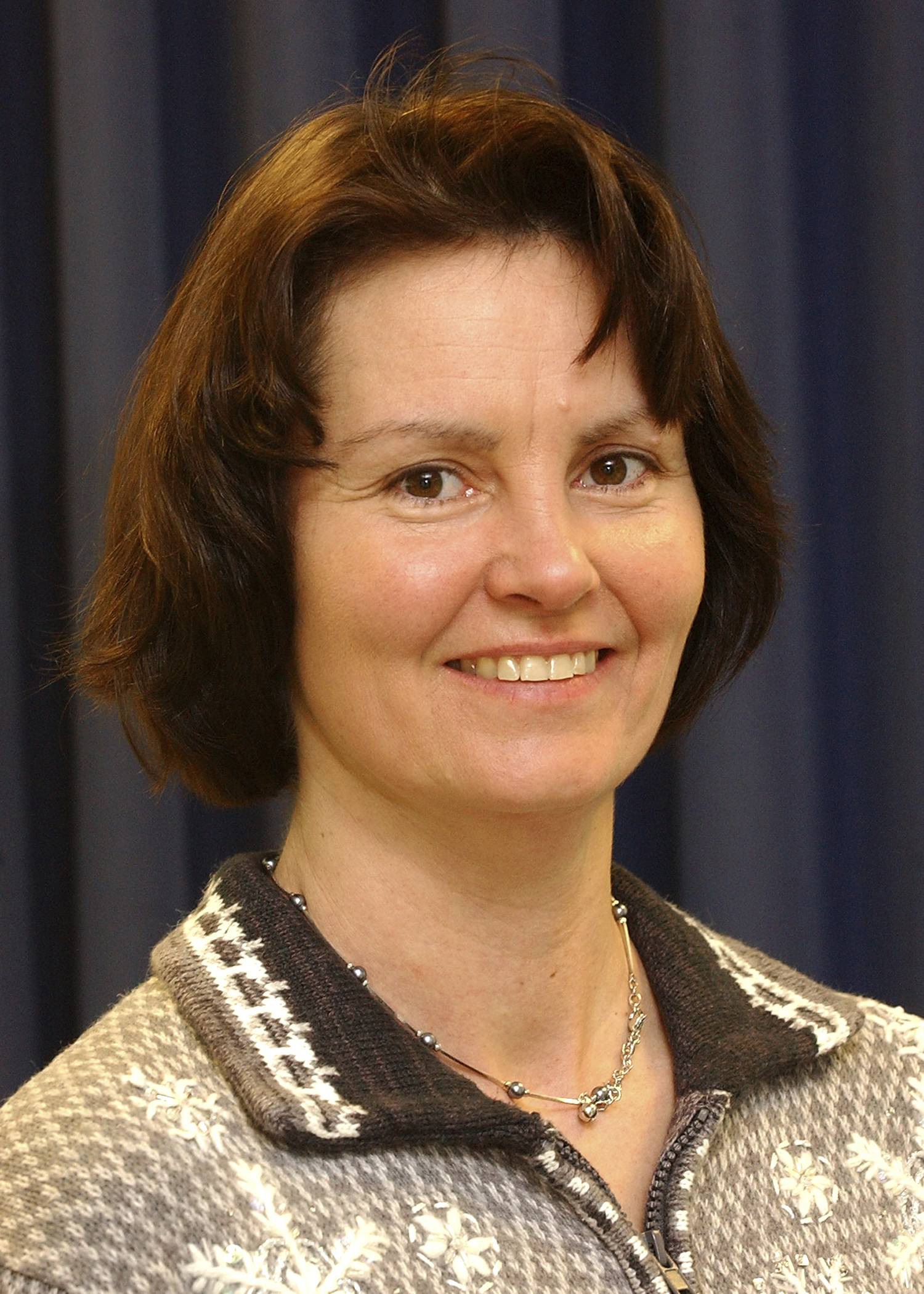International Media Pursuing Noffke's Earliest Life Research

By Jim Raper
The unexpected phone call was from ABC News/Australia and the voice speaking from halfway around the world told Old Dominion University geobiologist Nora Noffke that she was being transferred immediately to an on-air newsperson for a live interview.
"I had zero time to think, but it turned out OK," Noffke said. "It's been that kind of week."
The call from Australia and several dozen more that Noffke has received over the past few days have been from news reporters wanting to know more about research the ODU professor published late last week in the journal Astrobiology concerning the earliest life on Earth. Newspapers, magazines, online media and broadcast media have done stories about Noffke's work for their audiences throughout the world. Among the reports in the United States, CNN did a lengthy online article and Science magazine published a news note.
Noffke, who has won international recognition during the past decade for research establishing microbially induced sedimentary structures (MISS) as evidence of earliest life on Earth, is the lead author of the Astrobiology paper, which documents the discovery of 3.48-billion-year-old MISS, the oldest ever reported.
She and colleagues discovered these MISS in the Dresser Formation, Pilbara, Western Australia. They believe the structures could be the best and oldest evidence yet that microbes had colonized tidal pools on Earth during the early Achean period, which extends back 4 billion years. The structures - due to their age - might also provide scientists with clues about geologic evidence of microbial life that exists, or might have existed, on Mars.
Noffke's research in South Africa and Australia has turned up geological samples supporting her case that the mats woven of tiny microbes we see today covering tidal flats were also present as life was beginning on Earth. The mats, which are colonies of cyanobacteria, can cause unusual textures and formations in the sand beneath them. Noffke has identified 17 main groups of such textures caused by present-day microbial mats, and has found corresponding structures in geological formations dating back through the ages.
Authors of the Astrobiology article also include Daniel Christian, a graduate researcher at Old Dominion; David Wacey, Centre for Microscopy at the University of Western Australia; and Robert M. Hazen, of the Geophysical Laboratory at Carnegie Institution of Washington (D.C.).
On Thursday morning Noffke was hoping that the media storm had died down, but she had at least one more interview scheduled for the afternoon. Beginning Friday, she will be out of her office for a week to deliver two talks in Sao Paolo, Brazil, about her research.

